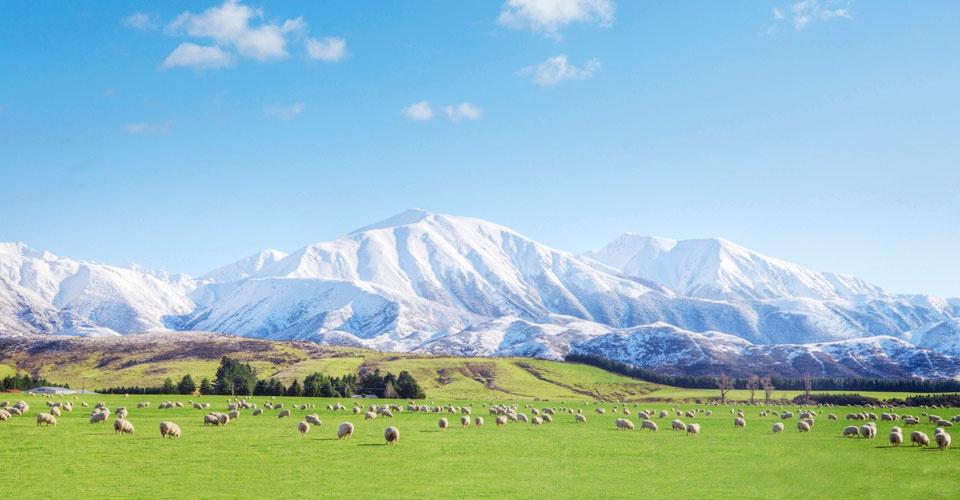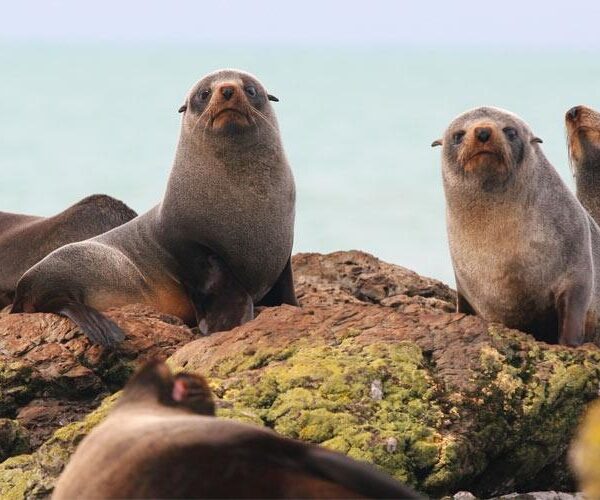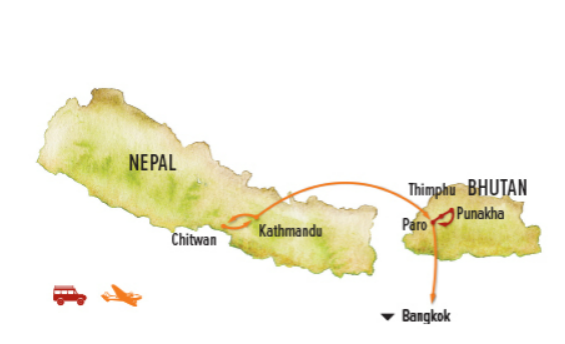Overview
Among travelers who covet spectacular natural scenery, New Zealand is legendary. Our focus is the South Island, a land of topographic extremes, from seaside rain forests and sapphire lakes to ice-crowned peaks, active glaciers and frigid fjords. On a dramatic itinerary that winds from alpine heights to Pacific shores, we are immersed in nature at its showiest. Explore lush mountains and deep gorges in Fiordland National Park, hike on remote Mou Waho Island in Lake Wanaka, and walk among towering ferns to wild Monro Beach. Within these diverse landscapes, we find rare and intriguing creatures such as the flightless buff weka, yellow-eyed penguins and the famous brown kiwi. We also experience the hospitality New Zealanders are renowned for as we meet sheep farmers, learn about Maori culture, and find a bit of Scottish heritage in the South Pacific.
Trip Highlights
- Remote & Intimate Lodgings in Nature From secluded ecolodges, search for rare birds on rain forest hikes, paddle a kayak on a mountain lake, and stargaze beneath some of the darkest skies on Earth
- A Rare Stay on Stewart Island On little-visited Stewart Island, a Dark Sky Sanctuary, look for elusive kiwis on a guided night walk, and view breeding seabirds on a private boat excursion
- Private Milford Sound Cruise Aboard our privately chartered boat, cruise the glacial-carved fjords of Milford Sound, where waterfalls plummet in silver ribbons from 500 feet above
Itinerary
Please fill out the form below to request a quote for rates.
Cost Includes
- Trip price includes: Accommodations, services of Nat Hab's professional Expedition Leader(s), local guides and lodge staff, all meals from dinner on Day 1 through breakfast on final day, private boat tour in Milford Sound, private boat tour to Mou Waho Island, all kayaking equipment, some gratuities, airport transfers for those arriving by air on Day 1 and final day, all activities and entrance fees, all taxes, permits and service fees.
- Internal air fee includes: Flights from Invercargill to Stewart Island and back to Invercargill (this will be listed separately on our invoicing).
Not Included
- Travel to and from the start and end point of your trip, some alcoholic beverages, some gratuities, passport and visa fees (if any), optional activities, items of a personal nature (phone calls, laundry and internet, etc.), airline baggage fees, airport and departure taxes (if any), required medical evacuation insurance, optional travel protection insurance.
Map











